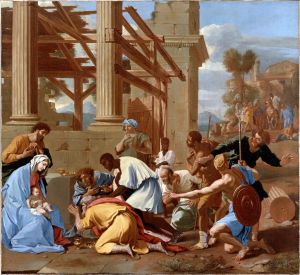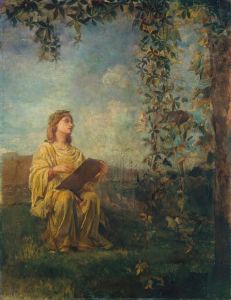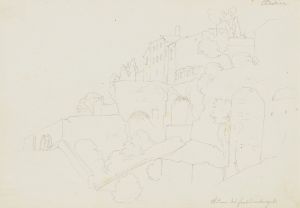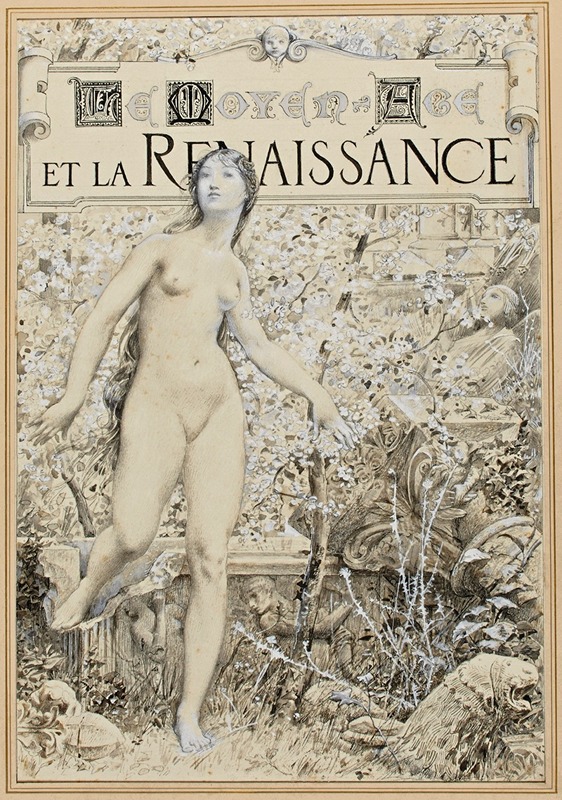
la Renaissance
A hand-painted replica of Luc-Olivier Merson’s masterpiece la Renaissance, meticulously crafted by professional artists to capture the true essence of the original. Each piece is created with museum-quality canvas and rare mineral pigments, carefully painted by experienced artists with delicate brushstrokes and rich, layered colors to perfectly recreate the texture of the original artwork. Unlike machine-printed reproductions, this hand-painted version brings the painting to life, infused with the artist’s emotions and skill in every stroke. Whether for personal collection or home decoration, it instantly elevates the artistic atmosphere of any space.
Luc-Olivier Merson's painting La Renaissance is a notable work by the French artist, who was active during the late 19th and early 20th centuries. Merson, born in Paris in 1846, was a painter and illustrator known for his allegorical and historical themes, as well as his contributions to decorative arts and stained glass design. His works often reflect the academic traditions of the time, with a focus on meticulous detail and symbolic representation.
La Renaissance is an allegorical painting that embodies the concept of rebirth, a theme deeply rooted in European cultural and intellectual history. The title itself, "Renaissance," refers to the period of cultural revival and renewed interest in classical antiquity that began in Italy in the 14th century and spread across Europe. Merson's interpretation of this theme is characteristic of his style, blending historical references with imaginative and symbolic elements.
The painting showcases Merson's skill in composition and his ability to convey complex ideas through visual storytelling. While specific details about the painting's creation, such as its exact date or commission, are not widely documented, it is consistent with Merson's broader body of work, which often explored themes of transformation, renewal, and the interplay between past and present.
Luc-Olivier Merson achieved significant recognition during his career. He won the prestigious Prix de Rome in 1869, which allowed him to study at the Villa Medici in Rome. His works were frequently exhibited at the Paris Salon, and he became a member of the Académie des Beaux-Arts in 1906. In addition to his paintings, Merson is remembered for his designs for French postage stamps and banknotes, as well as his contributions to stained glass windows, including those for the Basilica of Sacré-Cœur in Paris.
Although La Renaissance is not as widely discussed or reproduced as some of Merson's other works, it remains an example of his ability to merge allegory with artistic precision. The painting reflects the intellectual and artistic currents of its time, drawing on historical themes to create a work that invites contemplation of cultural and artistic renewal.
Further research into primary sources or exhibition records may provide additional insights into the context and reception of La Renaissance. However, based on the available information, the painting stands as a testament to Luc-Olivier Merson's talent and his engagement with the rich traditions of European art and thought.





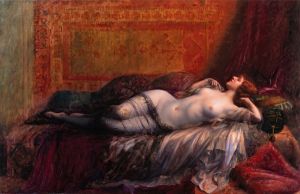
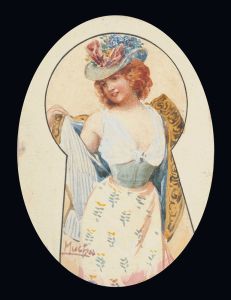
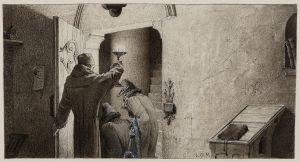
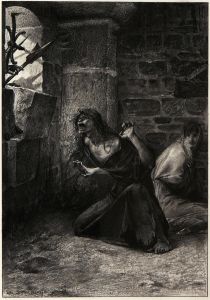
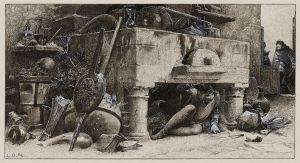
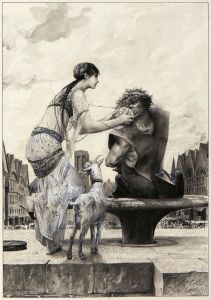
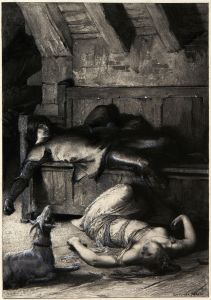

![Design for unidentified ballroom, probably New York City area.] [Perspective rendering in vermillion and gold](/imgs/249296/s/winold-reiss-design-for-unidentified-ballroom-probably-new-york-city-area-perspective-rendering-in-vermillion-and-gold-a55c65e4.jpg)
